Destruction of Senegalia nigrescens Trees in the Kruger National Park
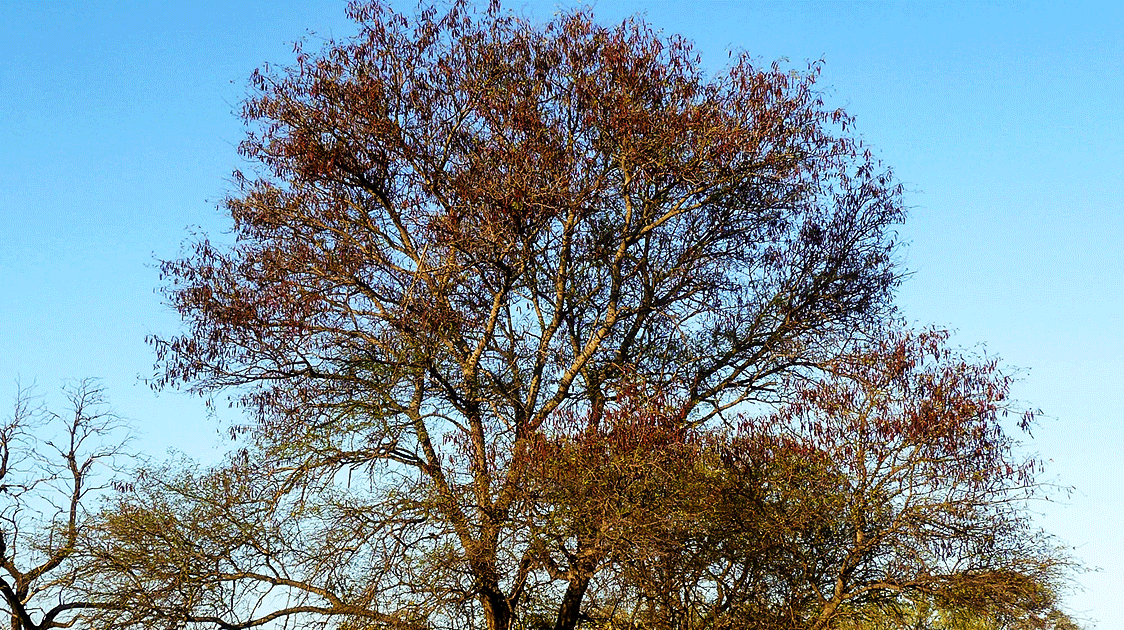
By Dr Salomon Joubert
Senegalia nigrescens is arguably the most important woody plant in the Kruger National Park (KNP) ecosystems. It is highly nutritious, selectively browsed by all browsers, from duiker to giraffe, and provides primary nesting sites for at least four of the KNP vulture species and several of the larger raptors, some of which are either threatened or endangered.
Senegalia nigrescens grow in stands of both tree and shrub form on the dark clay soils derived from dolerite, basalt and gabbro. The stands of the shrub/small tree form provide the preferred nesting sites of vast colonies of Red-billed queleas and Wattled starlings (in addition to several other lower density species).
The large colonies of especially queleas, but also the starlings, create a rich and intricate network of predators (e.g. cats, reptiles, raptors). In all its different forms S nigrescens contributes significantly to the biodiversity of the KNP.
In 2010 concern was expressed to Dr Sam Ferreira concerning the damage that was being done to several stands of S nigrescens, in particular along the Crocodile River (the KNP was without a botanist at the time).
He agreed, saying that the Crocodile River-area had been identified as a problem area and gave the assurance that measures were being considered to address the problem.
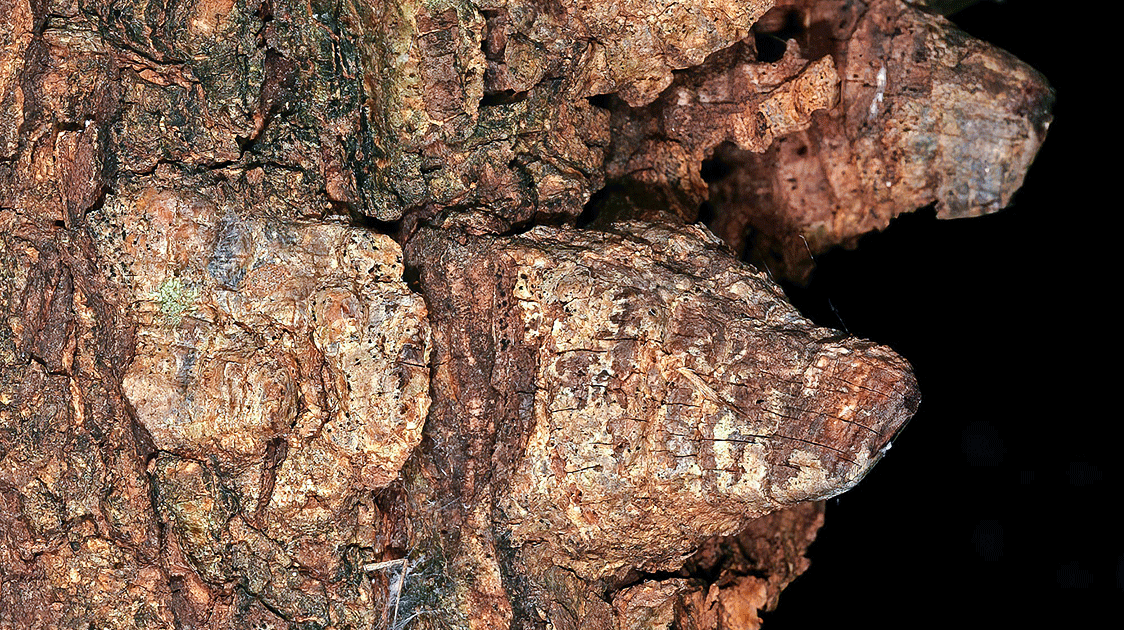
I recently spent time in KNP at Malelane, Biyamiti and Lower Sabie rest camps. The impact on the stands of S nigrescens trees along the Crocodile River, and adjoining areas, can only be described as devastation.
Without questioning anyone, I seriously doubt whether any efforts were done to alleviate the situation, as assured (in 2010!). This level of impact on S nigrescens is not restricted to the Crocodile River but is widespread throughout the Park on the soils referred to above.
There is a paper, by Viljoen (1988) a former botanist of the KNP, which details the decline of large trees, primarily S nigrescens and Sclerocarya birrea, between 1940 and 1981, as determined from Trig Survey aerial photographs and KNP aerial photo transects, in two areas of the eastern basalt plains, i.e. Guweni, south-east of Satara, and Makhohlolo, between Lower Sabie and Crocodile Bridge.
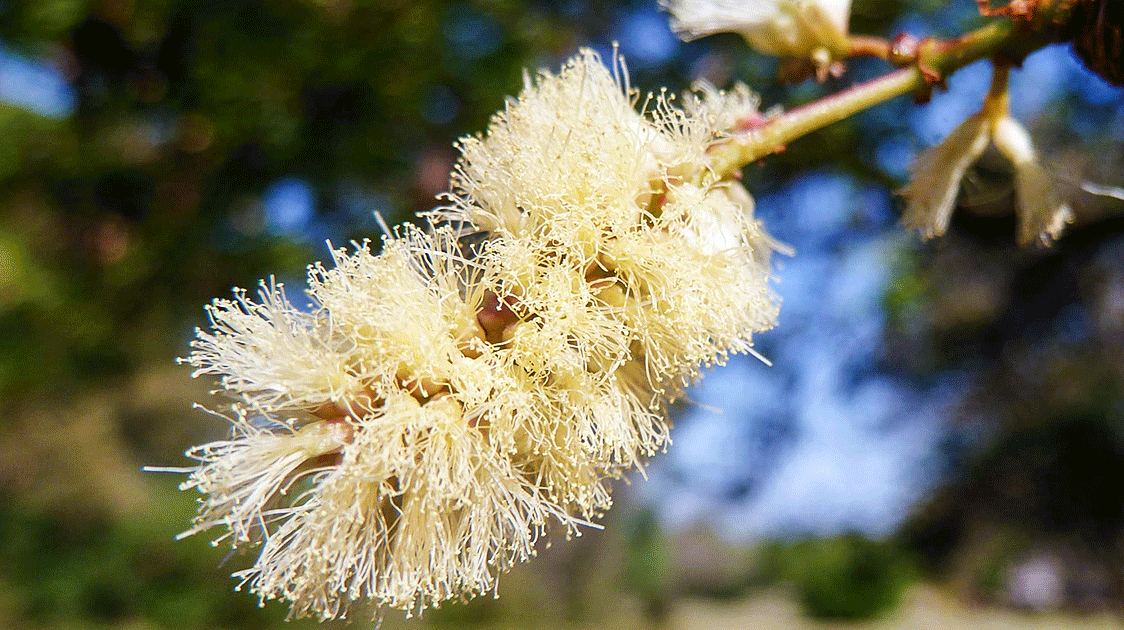
In the former area the decline was in the order of 80% and in the latter 50%. Declines from the 1940’s to 1965 were relatively low (24.7% and 9.4% respectively) while sharp declines were recorded from 1965 to 1981, and the eventual decline between the early 1940’s to 1981 determined at 82.2% and 49.6% respectively.
The declines referred to above were severe and probably primarily elephant induced.
The eastern plains between Lower Sabie and Crocodile Bridge have now been transformed into little more than scrub savanna dotted with few large trees mainly ingored by elephants (Combetum imberbe, Diospyros mespiliformis, Schotia brachypetala, Philenoptera violacea).
In the light of the above and the important role played by S nigrescens in maintaining biodiversity it is strongly recommended that the KNP botanist, or whoever is responsible (Dr Izak Smit?), repeat the assessments done by Viljoen to record the trends between 1981 and 2017.
It is to be regretted that this was not done in the interim period but should now be a priority of the highest order.
Incidentally, due to the undulating nature of large parts of the Southern District, large trees stand out on the sky-line between adjoining ridges.
(The late Dr Salomon Joubert was the ex-director of the Kruger National Park in South Africa and spent 40 years in the service.)

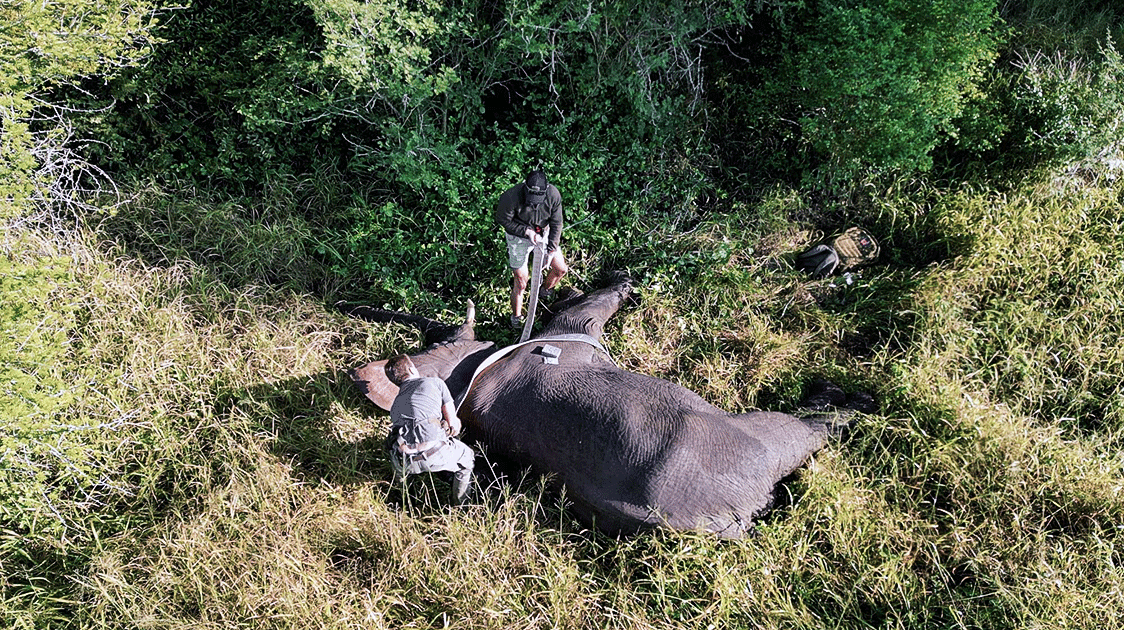
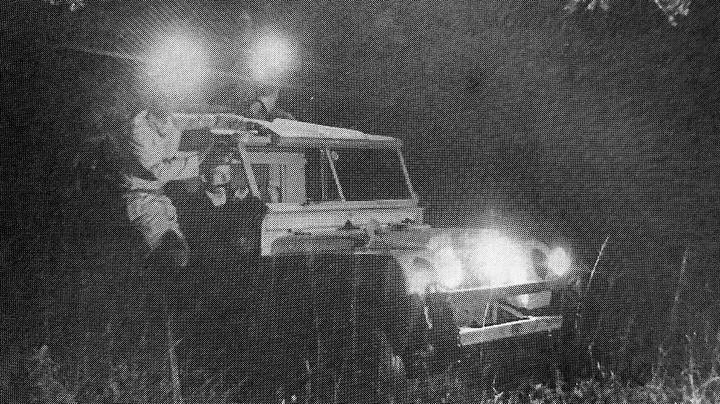
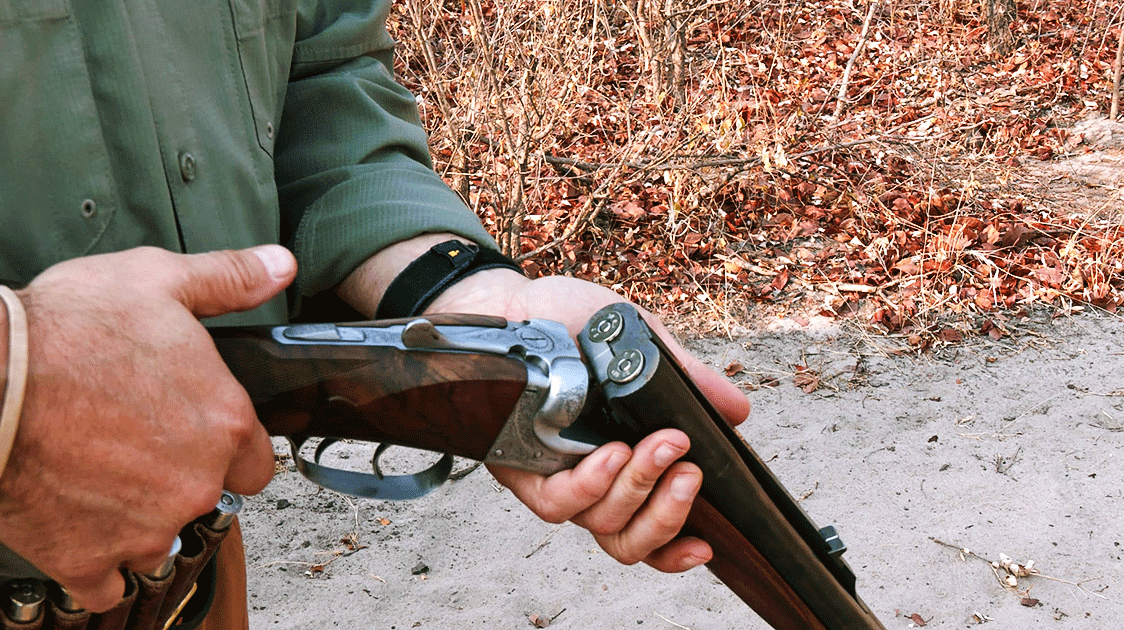
Comments ()